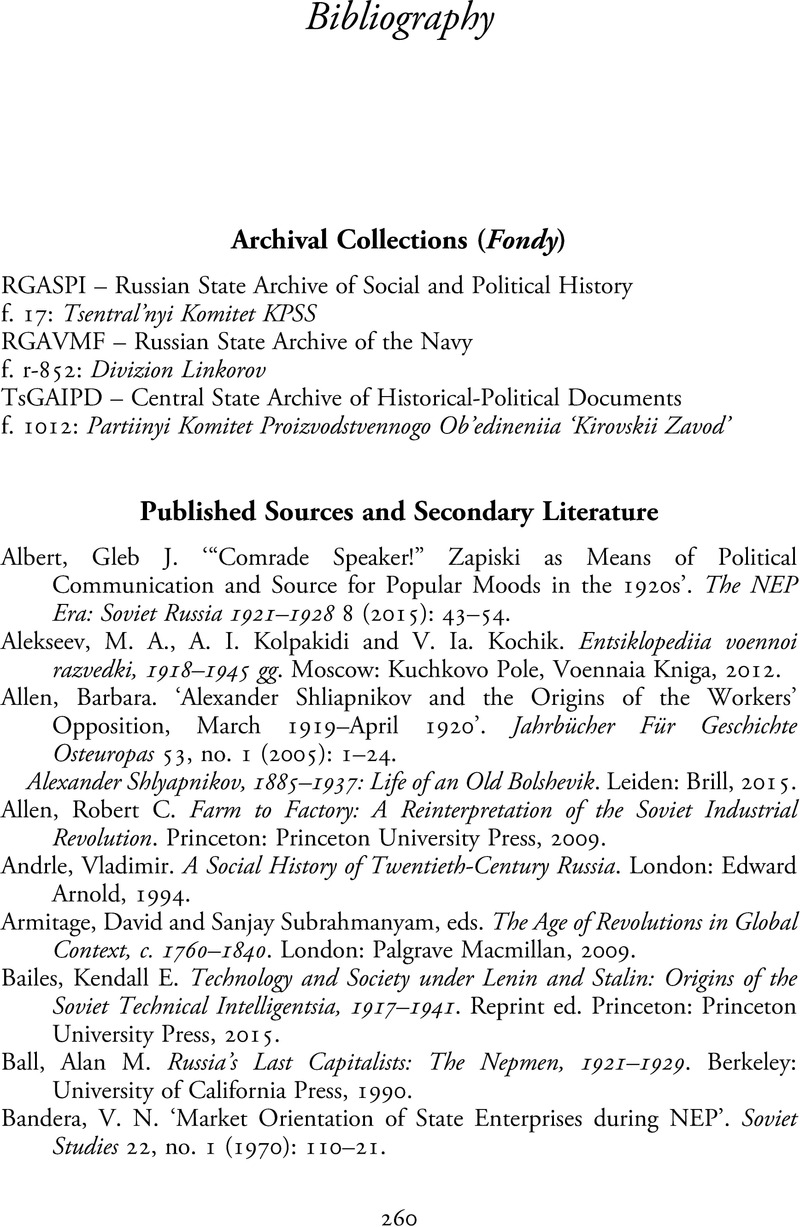Book contents
- Building Socialism
- New Studies in European History
- Building Socialism
- Copyright page
- Epigraph
- Contents
- Acknowledgements
- Abbreviations and Russian Terms
- Introduction
- Chapter 1 Building a Workers’ Party
- Chapter 2 Which Way to Socialism?
- Chapter 3 Laying the Foundations
- Chapter 4 Marxism and Clean Canteens
- Chapter 5 Democratisation and Repression
- Chapter 6 Party Activism on the Road to War
- Conclusion
- Bibliography
- Index
- References
Bibliography
Published online by Cambridge University Press: 11 May 2023
- Building Socialism
- New Studies in European History
- Building Socialism
- Copyright page
- Epigraph
- Contents
- Acknowledgements
- Abbreviations and Russian Terms
- Introduction
- Chapter 1 Building a Workers’ Party
- Chapter 2 Which Way to Socialism?
- Chapter 3 Laying the Foundations
- Chapter 4 Marxism and Clean Canteens
- Chapter 5 Democratisation and Repression
- Chapter 6 Party Activism on the Road to War
- Conclusion
- Bibliography
- Index
- References
Summary

- Type
- Chapter
- Information
- Building SocialismThe Communist Party and the Making of the Soviet System, 1921–1941, pp. 260 - 276Publisher: Cambridge University PressPrint publication year: 2023

